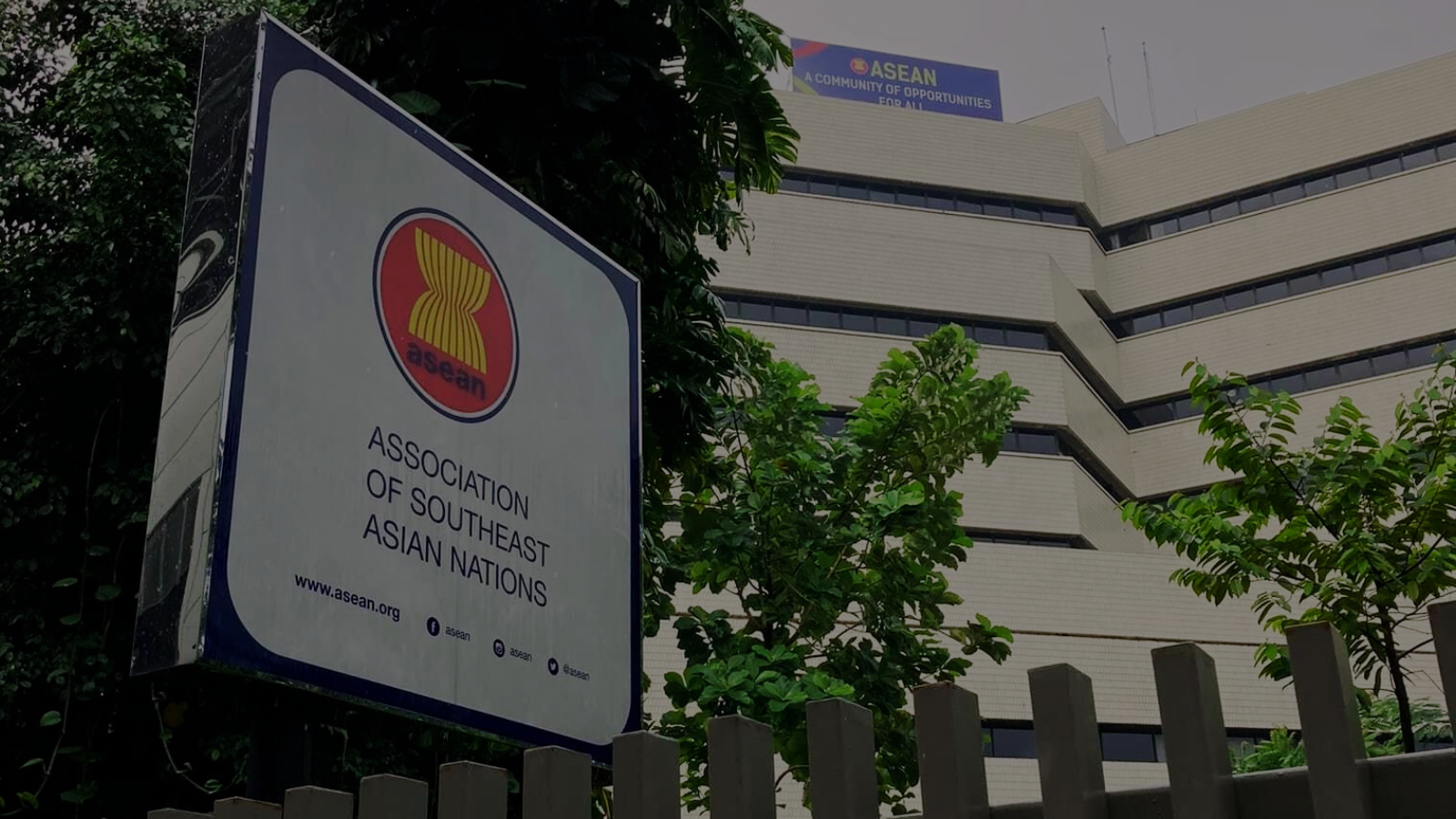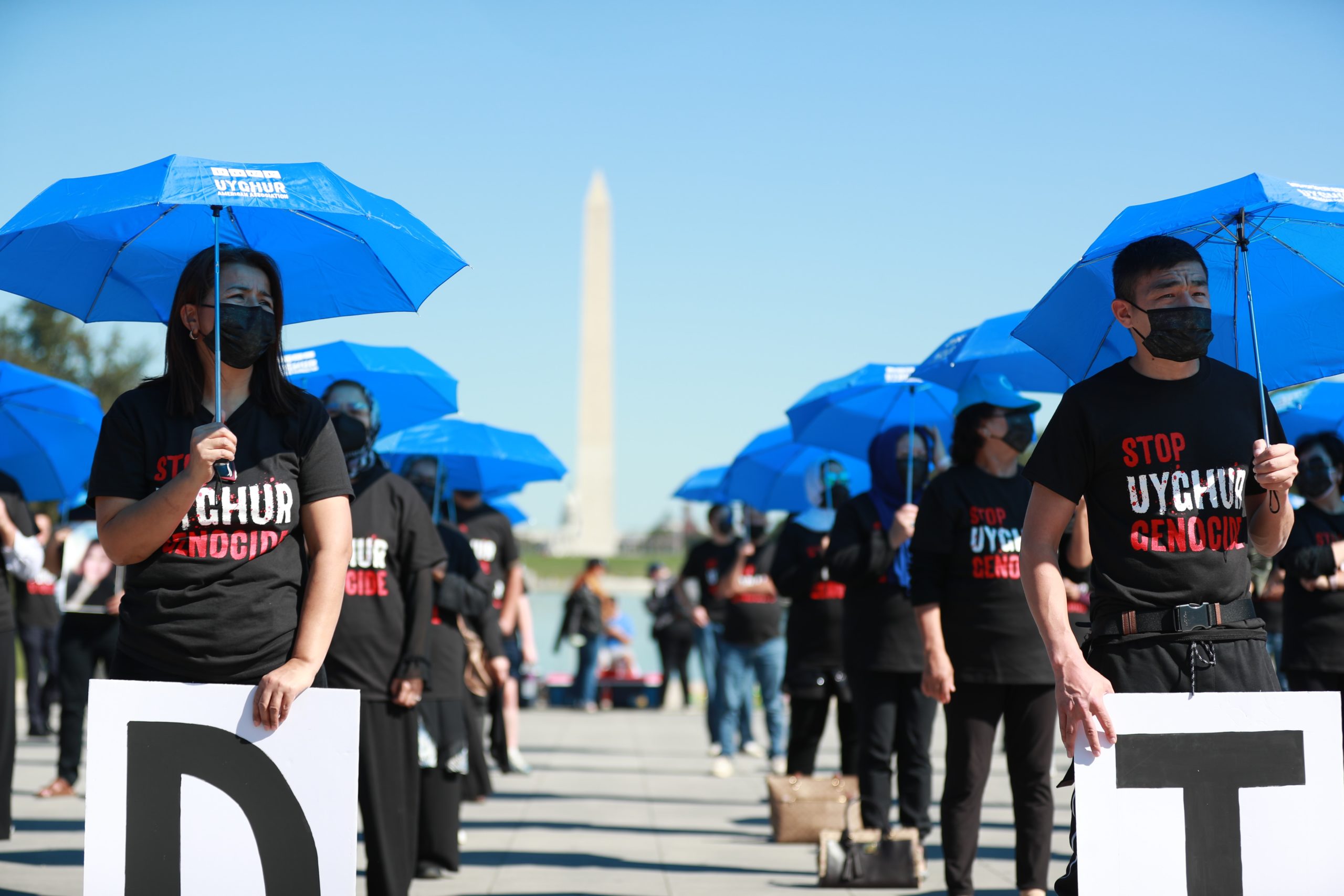Although the Visegrad Group (V4) as an intergovernmental platform of Central European countries has the potential for effective dialogue with the Association of Southeast Asian Nations (ASEAN), given the current political divisions inside of the V4, fragmented diplomatic activities of Central European countries in Southeast Asia prevail for the time being.
The EU and ASEAN are recognized as two of the most successful regional groupings in the world. While the EU as a region is relatively homogeneous in terms of culture and governance, ASEAN encompasses a diverse range of political systems and levels of economic development. Besides the United Kingdom and Switzerland, ASEAN is the EU’s third largest trading partner outside Europe, and vice versa. EU-ASEAN cooperation aims to enhance regional stability, promote economic development and address global challenges through dialogue, trade and cultural exchange.
Established in 1967, ASEAN emphasizes consensus and non-interference in internal affairs. It is a vibrant political and economic union of about 690 million people in 2024 and plays a rising role in global economy and diplomacy. Given its central position in the Indo-Pacific, ASEAN is important in world politics. It serves as a bridge for diplomatic exchange and mediation in the region.
ASEAN is central to the Indo-Pacific strategy, aiming to promote peace, stability, and prosperity in the megaregion. It achieves this by encouraging dialogue, cooperation, and inclusiveness among regional stakeholders. The ASEAN Regional Forum (ARF) plays a crucial role in establishing a regional security architecture. The Indo-Pacific Outlook invites the EU to engage actively in the Indo-Pacific. It highlights the importance of upholding the rules-based order, promoting connectivity, trade, and economic integration. It also emphasizes enhancing cooperation with ASEAN and other regional partners to tackle shared challenges and seize mutual opportunities for benefit. The EU presented a common Indo-Pacific strategy in 2021. EU-ASEAN cooperation focuses on political security, economic, and socio-cultural aspects, reflecting the Central European interests in enhancing coordination and cooperation with ASEAN. This ongoing process aims to strengthen relations between the two regions in several areas.
The Visegrad Group (V4), established in 1991, comprises Czechia, Hungary, Poland, and Slovakia. These Central European countries worked together during the transition period on their way to becoming EU members in 2004. ASEAN could gain from V4 cooperation further access to Central and Eastern European markets, opportunities to invest and diversify trade, and the sharing of best practices in areas like innovation, industry and environmentalism. The V4 and ASEAN should work together to share experiences in regional integration, strengthen economic ties and cooperate on issues such as security, sustainable development and cultural exchanges. As the V4 members successfully achieved political and economic transitions, these experiences may help different ASEAN countries navigate through reforms towards positive and sustainable development.
While the V4 countries closely cooperate with Japan and South Korea and are engaged in other multilateral initiatives in and from Asia, such as the China + CEEC Cooperation, their interaction with ASEAN remains largely on an individual basis. Despite being a significant economic force in the EU, the V4 states’ involvement with ASEAN has been limited, and the COVID-19 pandemic impeded progress. The reasons include a lack of a history of contact and limited diplomatic engagement in the post-Cold War period, even after a socialist period of one-sided cooperation of Czechoslovakia and Hungary with Vietnam, Laos and Cambodia, which turned to the Eastern Block after French colonisation (ended in 1954). After the Cold War, ASEAN opened membership to Vietnam (1995), Laos and Myanmar (1997), and Cambodia (1999). With the globalized economy and ASEAN’s increasing importance nowadays, the Central European countries are gradually seeking opportunities in Southeast Asia.
Looking at diplomatic missions and representation, the V4 countries have a relatively backwards position in their vertical and horizontal levels of interaction. At the vertical level, diplomatic representation involves establishing embassies, honorary consulates, and consulates-general in different countries. Public diplomacy, encompassing cultural events and country branding, is becoming crucial. Soft power and persuasion shape international relations, notably in EU cultural diplomacy or V4 diplomacy in the Balkans. Emerging trends like sustainable development and knowledge diplomacy address the digital age and pandemic challenges. The personal element in diplomatic missions remains a critical factor in modern diplomacy.
The V4 countries have varying degrees of representation in ASEAN countries. Most diplomatic missions are in the larger ASEAN countries, such as Indonesia, Thailand, Malaysia, and the Philippines. While Indonesia plays a leading role in maritime Southeast Asia, Thailand is the major mainland Southeast Asian diplomatic hub, given its higher level of development and the central location in Indo-China. Historical ties also influence diplomatic relations, with Vietnam having traditional (socialist) links with the former communist states of Central Europe.
Horizontal levels of exchange are found in political, economic, and cultural cooperation. Czechia has limited relations with Brunei in all areas. In the political sphere, Czechia has limited ties with the Philippines and Singapore, but in the economic sphere, the Chambers of Commerce operate in both countries. Traditional relations with Cambodia are underscored by King Norodom Sihanouk, who sent his son Norodom Sihamoni to study in Prague (1962-1975) and speaks Czech. Traditional relations exist with Vietnam and Laos. More than 31,000 Vietnamese people live in Czechia, forming one of its largest groups by ethnicity. Singapore and Thailand are Czechia’s most important economic partners of the ASEAN states. With the potential for further trade growth, the Philippines and Thailand have become importers of Czech security technologies. Czechia has student exchanges with almost all ASEAN countries.
Hungary claims the oldest relations of the V4 states in Southeast Asia, stemming from the historical legacy of the Austro-Hungarian empire. In Cambodia, Laos, and Vietnam, Budapest provides official development assistance. In 2019, because of growing mutual trade, Hungary elevated relations with Laos to a strategic level. Similar to Czechia, Hungary’s most important economic partners in Southeast Asia are Singapore and Thailand. Hungary and Cambodia opened two-way diplomatic missions in 2021. Tourism is an important source of cultural engagement between Hungary and the Southeast Asian states.
Poland has traditional political relations with most ASEAN countries, except Indonesia and Brunei. Poland’s main trading partners in ASEAN are Vietnam, Thailand, and Singapore. Poland’s tourism and exchanges with Indonesia, Thailand, and Vietnam are growing in the socio-cultural field.
Slovakia, the smallest of the V4 countries, has the least contact of the V4 states with ASEAN, although it does have developing relations with Thailand, Indonesia, and Vietnam. Thailand has become a diplomatic hub for Slovakia in continental Southeast Asia, while Indonesia is Slovakia’s main partner in maritime Southeast Asia.
The limitations hindering the full potential of V4-ASEAN exchange and potential format of cooperation are primarily rooted in capacities, geographic, financial, and cultural disparities, alongside a mutual lack of awareness. Language barriers further impede market penetration in ASEAN, compounded by limited diplomatic capacities. There is some cooperation between the V4 states in the region, such as the Hungarian Embassy in Singapore aiding Slovak citizens. However, challenges persist due to scant official information from diplomatic missions, poorly structured websites, and limited transparency in cooperation efforts. This opacity impedes research, people-to-people exchange, and market understanding. Higher education remains a notable exception, though COVID-19 disrupted these exchanges.
The formal V4-ASEAN initiatives are sparse. Most cooperation happens at the national levels of bilateral exchange. Challenges include distance, financial disparities, language barriers, and inadequate information sharing among diplomatic missions. The EU’s increasing engagement in Southeast Asia should influence V4-ASEAN relations positively. To improve, they should consider developing a joint V4 strategy towards ASEAN and enhancing intra-V4 cooperation in building joint diplomatic infrastructure. Establishing joint consular services in a V4 state for all ASEAN nations could facilitate better interaction and exchanges, potentially leading to a historic meeting between the V4 and ASEAN.
But current divisions within the V4, in terms of national interests and diplomatic orientation, divide the grouping into two camps: pro-EU countries (Czechia and Poland) that have the most potential to coordinate foreign policies for developing cooperation with ASEAN; and the balancing countries (Slovakia and Hungary) that have lately been sending mixed signals on their foreign policy orientation in the context of the Russian aggression in Ukraine. This poses an increasing challenge to consensus-building inside of the V4, which may also have some future implications for the use of the V4 as a Central European negotiating platform with ASEAN as a regional grouping.
Given ASEAN’s preference for dealing with larger countries or groupings, the V4 format certainly has some potential, but time will tell how functional it will be. Such limits to diplomatic coordination may undermine the credibility of the V4 as a regional grouping and diminish its reputation for successful diplomatic negotiations within the EU with ASEAN.
This article is based on a publication in the Contemporary Asian Studies Series.







